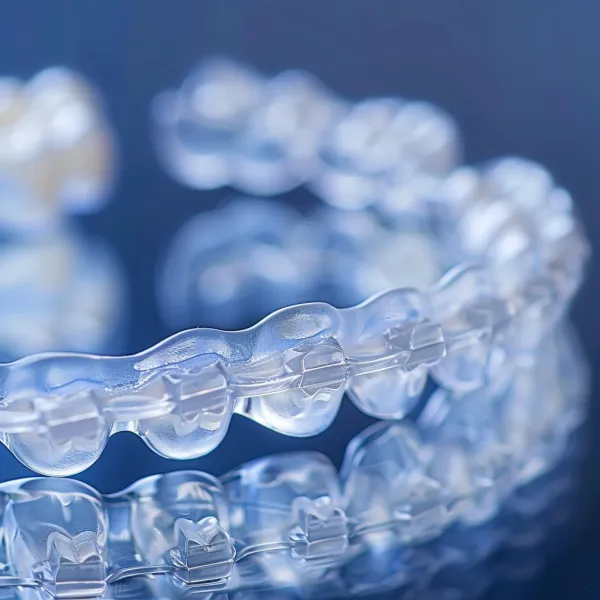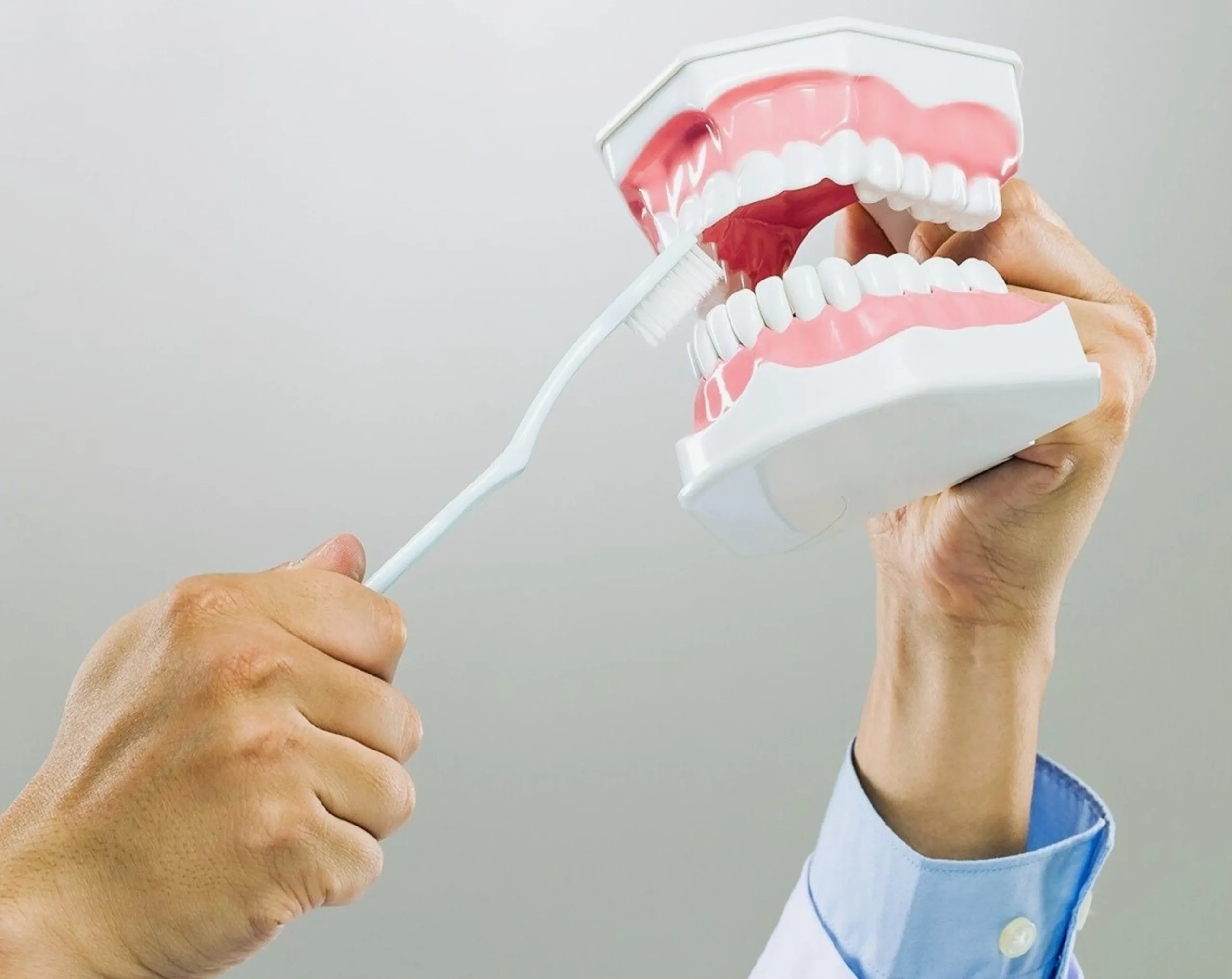Nothing can be more frustrating than a broken dental crown, especially if you have an upcoming special occasion or important meeting. But don’t worry—you’re not alone! Broken dental crowns are a common issue that many people face. The good news is that, with the right approach, fixing them can be easy and hassle-free. In this post, we’ll walk you through the essential steps for dealing with broken dental crowns so that you can get back to flashing your dazzling smile in no time!
What is a Dental Crown?
A dental crown is a type of dental restoration used to cover or cap a damaged tooth. It is designed to restore the shape, size, strength, and appearance of the tooth while providing protection and support. Dental crowns are commonly made from materials such as porcelain, ceramic, metal alloys, or a combination of these materials. They are custom-made to fit over the prepared tooth structure and can be color-matched to blend seamlessly with your natural teeth.
The process of getting a dental crown typically involves two visits to your dentist. During the first visit, the dentist will prepare the tooth by removing any decay or damage and shaping it to accommodate the crown. An impression of the prepared tooth will then be taken for fabrication purposes. In between visits, a temporary crown may be placed over the prepared tooth for protection. Once your permanent crown is ready, usually within two weeks, you’ll return to have it cemented into place.

Why Do Dental Crowns Break?
There isn’t a single reason why dental crowns break. Establishing why your dental crown broke can help prevent the problem from occurring again. Common causes of broken crowns include:
- Teeth Grinding (Bruxism): Grinding of teeth, either while you’re sleeping or awake, can cause damage to your natural teeth and crowns. Reducing stress and seeking treatment for bruxism can help prevent this issue.
- Biting on Hard Objects: Much like with natural teeth, biting on hard objects or foods can cause your crown to break. Avoid eating hard foods to protect your crown and natural teeth.
- Poor Quality Materials: Crowns made from less durable materials can be more prone to wear and tear. Ensuring high-quality materials and workmanship can extend the life of your crown.
- Pressure from Bite: Your bite can place pressure on certain parts of your crown when you chew, leading to breaks over time. Your dentist can adjust your bite to distribute pressure more evenly.
Essential Steps for Dealing with Broken Dental Crowns
Step 1: Contact Your Dentist Immediately
If you have a broken dental crown, the first step is to contact your dentist immediately. Your dentist will be able to determine the best course of action for your particular situation. In some cases, the broken crown can bere-cemented or replaced. In other cases, more extensive treatment may be necessary. Regardless of the treatment required, it is important to seek professional dental care as soon as possible to avoid further damage to your teeth and gums.
Step 2: Stop Using the Tooth with the Broken Crown
When you have a broken dental crown, it’s crucial to avoid using the affected tooth until it can be properly repaired. Continuing to use a tooth with a broken crown can lead to further damage and discomfort. Stick to soft foods that require minimal pressure when eating and avoid chewing on the side of your mouth where the broken crown is located.
Step 3: Reduce Swelling and Discomfort
Broken crowns can cause swelling and discomfort in the affected area. To alleviate these symptoms, you can:
- Apply a Cold Compress: Use a cold compress on the outside of your cheek near the broken crown to reduce swelling. Apply it for about 10 minutes at a time.
- Take Pain Relievers: Over-the-counter pain relievers like ibuprofen can help manage any discomfort.
- Rinse with Salt Water: Rinse your mouth with a warm saltwater solution several times a day. Mix half a teaspoon of salt in eight ounces of warm water and swish it around gently for about 30 seconds before spitting it out.
Step 4: Protect the Tooth from Further Damage
To protect your broken crown and prevent further harm:
- Avoid hard or sticky foods.
- Be gentle when brushing and flossing around the affected tooth.
- Consider using dental wax or temporary dental cement to cover any sharp edges and alleviate discomfort until you can see your dentist.

Step 5: Consider Replacing the Broken Crown
In many cases, replacing a broken crown is necessary. Your dentist will assess whether a new crown or an alternative treatment option is best for you. Replacing a broken crown involves removing the damaged one and creating a new custom-made crown that fits perfectly over your tooth. Your dentist will take impressions of your teeth to ensure an accurate fit and color match for the new crown.
Step 6: Maintain Oral Hygiene
Taking care of your oral hygiene is crucial, especially when dealing with a broken dental crown. Keeping the area clean and free from bacteria will help prevent any further complications. Here are some essential tips for main taining good oral hygiene:
- Brush Twice a Day: Make sure to brush your teeth at least twice a day using a soft-bristled toothbrush. Be gentle around the broken crown area while brushing.
- Floss Daily: Floss every day to remove plaque and food particles that can accumulate around the damaged crown.
- Rinse with Mouthwash: Use an antimicrobial mouthwash to rinse out your mouth after brushing and flossing. This helps kill bacteria and freshens your breath.
- Avoid Hard or Sticky Foods: Stay away from sticky candies, chewing gum, or hard foods that could potentially damage the broken crown or surrounding teeth.
- Schedule Regular Dental Check-ups: Regular visits to your dentist will ensure that any issues related to the broken crown are addressed promptly.
Step 7: Schedule Prompt Repair
Scheduling a prompt repair for your broken dental crown is crucial to ensure that the issue gets resolved quickly and efficiently. Delaying the repair can lead to further complications and potential damage to your tooth. Your dentist will likely recommend an appointment for the repair as soon as possible. This may involve removing the broken crown, assessing any underlying issues, and determining whether a new crown is necessary.
Final Thoughts
Dealing with a broken dental crown can be very stressful, but it doesn’t have to be. With the steps outlined here, you can take action to protect your tooth and repair the damage that has been done. Start by visiting your dentist right away so they can assess the situation and recommend the best course of action for restoring your smile. From there, follow their instructions and make sure to practice good oral hygiene habits at home in order to maintain healthy teeth and gums moving forward. You’ll be smiling again before you know it!

Questions and Answers
Q: What are the signs that a dental crown is broken?
A: If you notice that your tooth feels different than usual or you have pain when biting down, it could be a sign that your dental crown is broken. Other signs include visible cracks or chips in the crown or gaps between the crown and your tooth.
Q: How can I fix a broken dental crown?
A: If your dental crown is broken, you will need to see a dentist to have it repaired or replaced. In some cases, the dentist may be able to simply re-cement the crown back into place. If the damage is more severe, you may need to have a new dental crown made.
Q: How can I prevent my dental crown from breaking?
A: There are several things you can do to help prevent your dental crown from breaking, including avoiding hard foods and using a soft-bristled tooth brush when brushing your teeth. You should also see your dentist regularly for checkups and cleanings to help keep your teeth healthy and strong.
Q: How long do dental crowns typically last?
A: Dental crowns can last anywhere from 5 to 15 years, depending on various factors such as oral hygiene practices, habits like teeth grinding, and the material used for the crown.
Q: Are there any alternatives to dental crowns?
A: Yes, there are alternative treatments for damaged or broken teeth, including dental veneers and dental bonding. However, the best option will depend on the specific condition of your tooth and your dentist’s recommendation.
Q: Can I eat normally with a temporary crown?
A: It is important to be cautious while eating with a temporary crown. Avoid chewing hard or sticky foods that could dislodge or damage the temporary restoration. Stick to softer foods until you have a permanent crown placed.
Q: Will my insurance cover the cost of replacing a broken dental crown?
A: Dental insurance coverage varies greatly from one plan to another. While some plans may cover all or part of the cost of replacing a broken crown, others may not provide any coverage. It is best to check with your insurance provider directly.
Q: How much does it cost to replace a broken dental crown?
A: The cost of replacing a broken dental crown can vary depending on several factors such as location, type of material used for the new crown, complexity of the procedure required, and whether additional treatment like root canal therapy is necessary. It is advisable to consult with your dentist for an accurate estimate.





